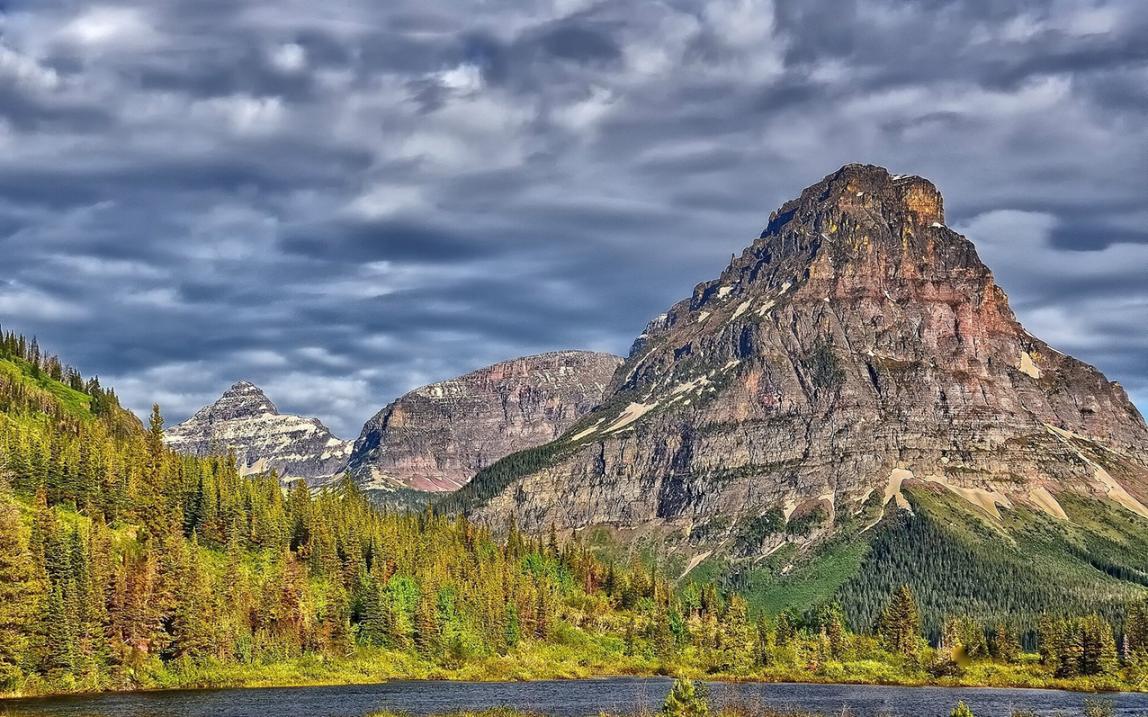Thanks to two bounties during the evolution of Earth, “Iran is an exception in the region and is luckily not desert land” contrary to what is seen in the UAE and some African countries, says the father of Iranian Desert and ‘Kawirs’ Research.
Parviz Kardavani added “with this meager amount of rainfall, Iran should have been a complete desert by now” but fortunately in the country’s geological history even as water sources dried up, two seas survived in the north and south; secondly, was the formation of the mountain ranges, ISNA quoted him saying.
The mountain ranges of Alborz and Talesh “work as a dam before the humid high pressure air of Siberia passing the Caspian Sea and creates rainfall in the region,” he explained.
The Zagros Mountains, due to its excellent geographical location, captures all the humidity that comes from the Sea of Marmara, Aegean Sea and Mediterranean and also from the West, causing rainfall in the mountainous areas in the west of Iran. It also benefits 20 rivers, waters of which flow into Iraq and 5 major ones which end in the Persian Gulf.
The university professor further said the jungles in the mountains play an important role in conserving groundwater resources. “They would be completely depleted if the forests are destroyed.”
Kardavani noted that a lot of Iran’s rivers flow into Iraq and said “we lose billions of cubic meters of water that could be saved just by damming the rivers. I have insisted on building dams on such rivers since decades so the water is within our access.”
Damming Banned
However, according to a 1911 law damming rivers that pass through other countries was banned. But Kardavani says the solution lies in building dams on the “river headwaters.”
He pointed to Ilam Province as an exceptional region which enjoys different climates in different parts such as tropical in the south and mountainous in the north. “Unfortunately due to pest swarms, excessive tree felling and burning, and building roads through the jungles, the forests of Ilam are gradually being destroyed; a dangerous trend, which can cause heavy flooding if the forests completely disappear.”
High Precipitation
Ilam, Kermanshah, and Kurdistan have the highest amount of rainfall in Zagros region. Though the region is not arid, but dry farming is a common agricultural practice. The productivity will increase two-folds provided there is a change in farming practice from dry to wet. “Wet farming results in water permeating the ground which reinforces groundwater resources. Increasing the number of wells and overdrawing water from existing ones must be strictly controlled,” Kardavani stressed. He also emphasized developing new orchards which can be irrigated through modern methods such as drip irrigation. “Drip irrigation cannot be used in old gardens in which the tree roots are deep into the ground so the water does not reach them.”
The distinguished professor concluded that in regions like “Mousiyan” with high levels of evaporation, sprinklers or overhead irrigation systems should not be used. “Farming in plains such as Mousiyan, modern methods of irrigation based on the climate and land condition and crops with higher economic value and lower amount of water consumption should be adopted.”


